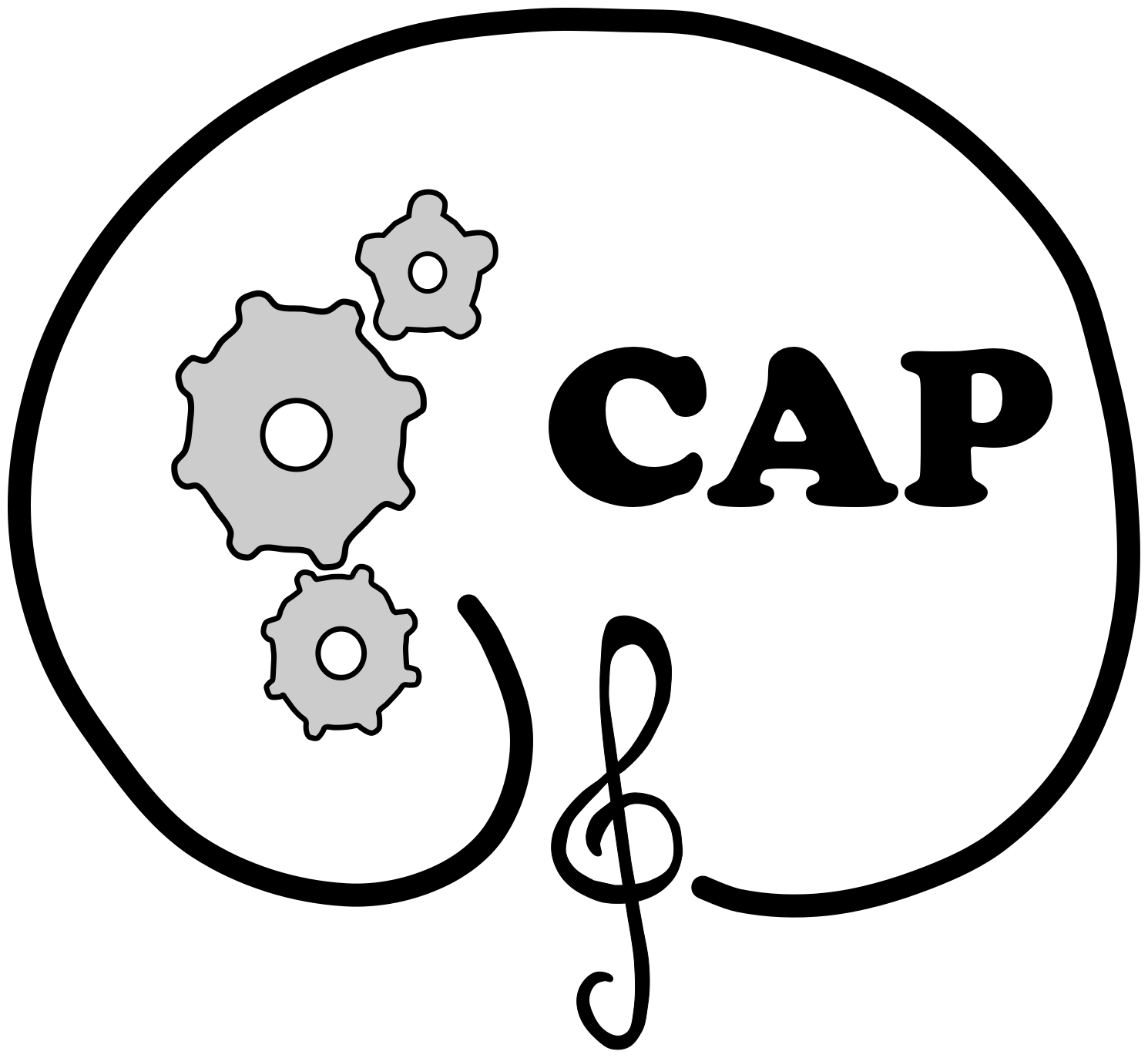Modality-specific and modality-independent neural representations work in concert in predictive processes during sequence learning
Résumé
Probabilistic sequence learning supports the development of skills and enables predictive processing. It remains contentious whether visuomotor sequence learning is driven by the representation of the visual sequence (perceptual coding) or by the representation of the response sequence (motor coding). Neurotypical adults performed a visuomotor sequence learning task. Learning occurred incidentally as it was evidenced by faster responses to high-probability than to low-probability targets. To uncover the neurophysiology of the learning process, we conducted both univariate analyses and multivariate pattern analyses (MVPAs) on the temporally decomposed EEG signal. Univariate analyses showed that sequence learning modulated the amplitudes of the motor code of the decomposed signal but not in the perceptual and perceptual-motor signals. However, MVPA revealed that all 3 codes of the decomposed EEG contribute to the neurophysiological representation of the learnt probabilities. Source localization revealed the involvement of a wider network of frontal and parietal activations that were distinctive across coding levels. These findings suggest that perceptual and motor coding both contribute to the learning of sequential regularities rather than to a neither–nor distinction. Moreover, modality-specific encoding worked in concert with modality-independent representations, which suggests that probabilistic sequence learning is nonunitary and encompasses a set of encoding principles.
| Origine | Publication financée par une institution |
|---|
